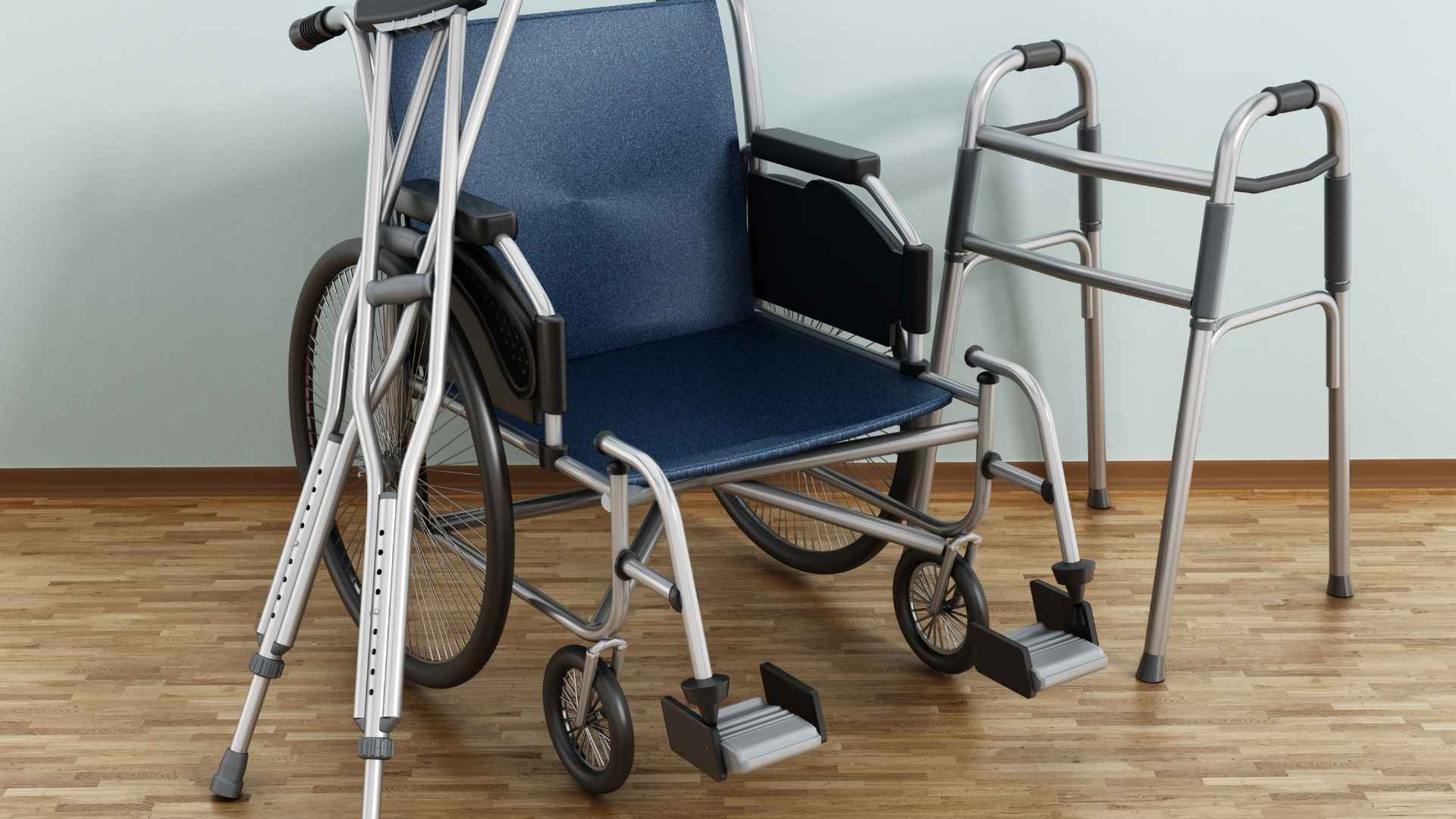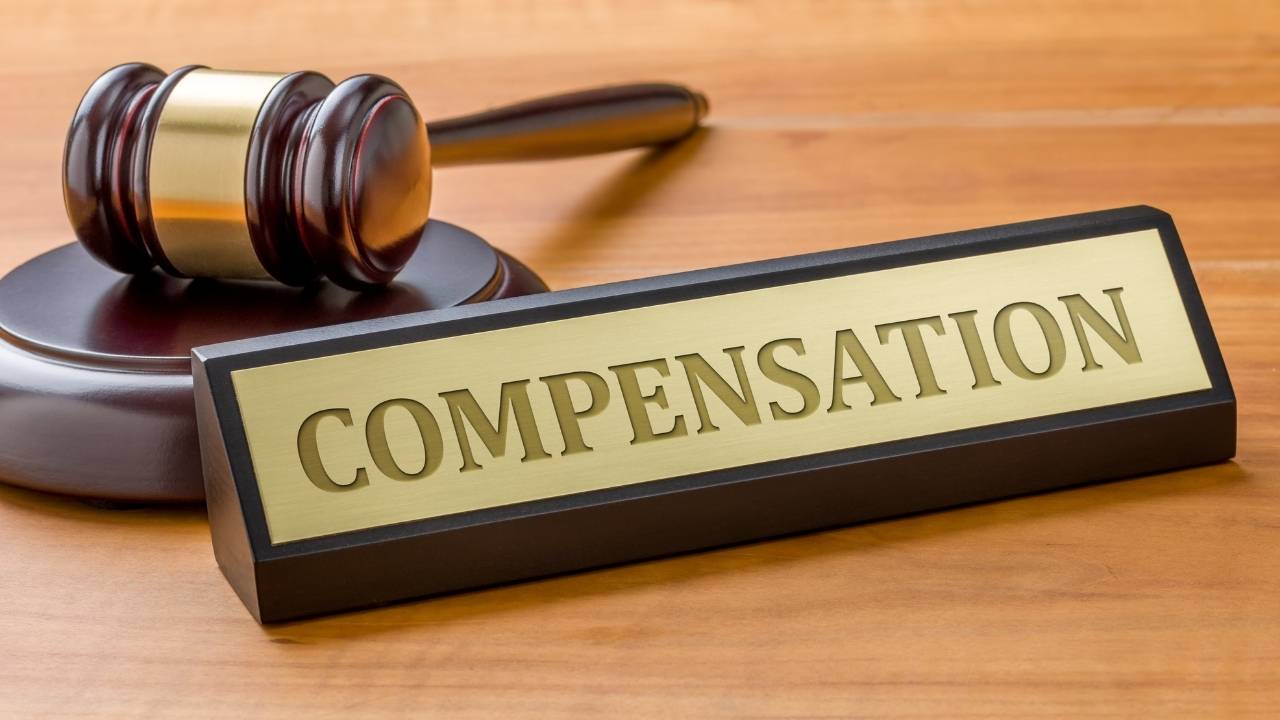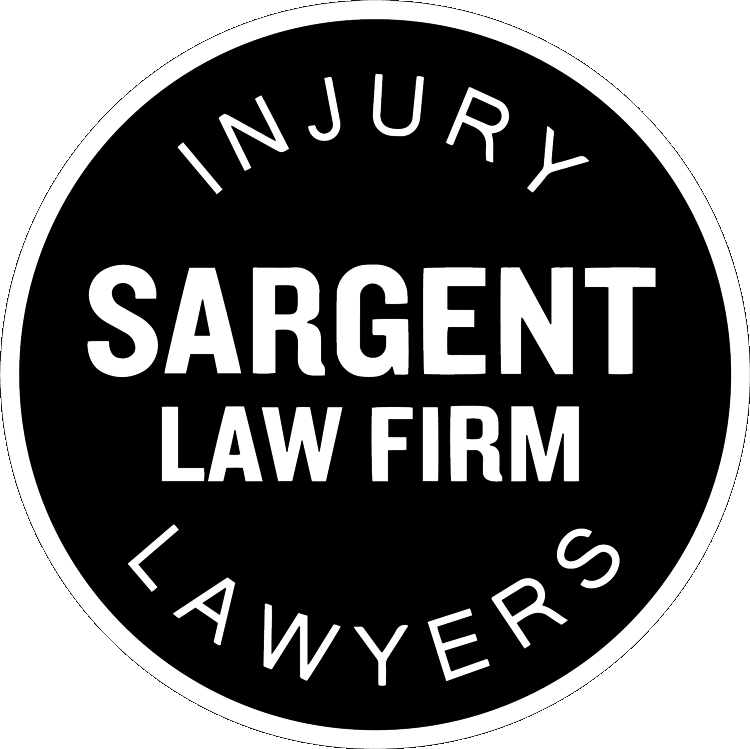If you are a pedestrian who was struck by a vehicle, whether it was a bicycle, car, or truck, you probably have suffered serious injuries. Injuries from these types of accidents can range from a broken bone to a fractured skull to a potentially lifelong disability.
After being involved in a pedestrian accident, you and your family will most likely have to focus your attention on your physical wellbeing. Along with this, you may have financial concerns regarding your mounting medical bills, especially if the accident has left you unable to work.
A Chula Vista pedestrian accident lawyer can provide you with more information about your options and the rights you have under the law. Contact a compassionate personal injury lawyer in Chula Vista for help obtaining compensation.
Statute of Limitations for Pedestrian Accidents
Under California law, an individual has two years from the date of the accident to bring a lawsuit to court. If an injured individual waits past that two-year period, they may lose their chance to sue entirely.
Even before that deadline, injured individuals should probably speak to a pedestrian accident attorney in Chula Vista and get started on a case. The longer a person waits, the less fresh the incident will be for them, and that may impact the suit.
California Negligence Laws
To determine who is at fault in a pedestrian accident, a Chula Vista pedestrian accident attorney will have to show that the driver was negligent in causing the accident. To prove negligence, a lawyer must show that all four required elements of negligence were met. These elements are:
- A duty of care was owed to the pedestrian
- That duty was breached
- The breach of that duty actually and proximately caused the injuries
- The pedestrian suffered actual harm because of the negligence
The general duty of care that one person owes to another is the duty to act as a sensible person would act in similar circumstances. So, in this scenario, it would be the duty to act as a rational driver under similar driving conditions. There is a breach of duty when that duty to act reasonably is not upheld. For example, if a driver runs a red light without any justification or reasonable excuse, then they broke their duty to act as a reasonable driver.
Actual cause means that the plaintiff would have never been injured had it not been for the negligent act of the driver. Proximate cause means that it was foreseeable that this type of injury would occur. For example, it was foreseeable that running a red light would cause a pedestrian accident.
Furthermore, it must be shown that there was no intervening cause that broke the chain of causation (for instance, if a second car actually hit the first car causing it to hit the plaintiff.) Lastly, to prove negligence, one must show that the plaintiff suffered damages. This will most likely be done through the use of medical records or a physician’s expert testimony.
It’s free to speak with us and learn the value of your case today.
Call Us Now
Determining Fault
California does follow the comparative negligence model of tort law, which means that if the plaintiff is found to be partially at fault (or even more at fault), their recovery will be reduced by that amount.
So even if the pedestrian was more at fault than the driver was, they can still recover for damages, but that amount will be lowered by the percentage of their fault. For example, if the plaintiff’s total injuries are calculated to be $10,000 but they were found to be 70 percent at fault, then the maximum they can recover is $3,000.
Consult with a Chula Vista Pedestrian Accident Attorney Today
A Chula Vista pedestrian accident lawyer can help you decide how you want to proceed with your case. You can litigate the incident or enter into a settlement with the other side or their insurance.














